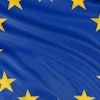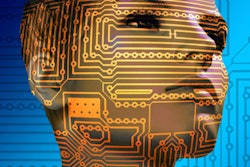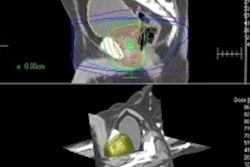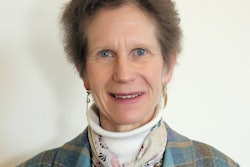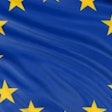
The U.K. National Health Service (NHS) and technology companies must act to harness the full potential of artificial intelligence (AI) to treat cancer, improve medical research and extend the healthy lives of citizens, Prime Minister Theresa May said in a speech on Monday that has been welcomed by Royal College of Radiologists (RCR) President Dr. Nicola Strickland.
"Late diagnosis of otherwise treatable illnesses is one of the biggest causes of avoidable deaths. And the development of smart technologies to analyze great quantities of data quickly and with a higher degree of accuracy than is possible by human beings opens up a whole new field of medical research," said May, speaking at the Jodrell Bank Centre for Astrophysics in Macclesfield.
She wants to see computer algorithms sifting through patients' medical records, genetic data, and lifestyle habits to spot cancer, the BBC reported.
May also announced a new target to ensure that by 2035 the average person's lifespan includes an additional five more years of active, healthy, independent living.
The RCR has welcomed the prime minister's challenge.
AI has the potential to transform early diagnosis and massively improve treatment pathways, but algorithms and machine learning programs must be properly regulated and tested, RCR President Dr. Nicola Strickland noted in a statement.
"For that vital testing to happen, interested doctors, researchers, and industry need to access the best building blocks to train AI systems, which means accessing a very large amount of electronic information, known as 'big data,' " Strickland said. "In response to Mrs. May, we want government to go a step further and help AI developers access NHS big data in a safe, anonymized way, as well as enabling a mechanism for the noncommercial testing of AI software before it is used on patients to make sure it is accurate and safe."
She also noted that AI could alleviate positively affect the workload of overstretched radiologists and clinical oncologists.


